Are you considering studying Arabic but you don’t know which of the three main Arabic dialects to study? If you are planning to travel to a country where Arabic is spoken for a holiday or for work, or your firm deals with customers or suppliers from Arabic-speaking nations, you’ll want to make sure that you are able to communicate in Arabic effectively. The first step in making sure that you choose the right course for your needs is to learn about the three main Arabic dialects.
Three Main Arabic Dialects
Levantine Arabic
Levantine Arabic is a general term used to describe the spoken dialects used by people along the Eastern Mediterranean Coast of Israel, Lebanon, Syria, Jordan and Palestine. Approximately 20 million people worldwide speak it, and many of them are expatriates of countries from where it is spoken.
This dialect doesn’t have any official status in the countries where it is spoken. It is the national working language in Lebanon, though. Modern Standard Arabic (MSA) is the official language in these countries and is used in schools, in the media, in government, and in written communication. Levantine Arabic is used at home and at work, in the community and between friends. It is recognized throughout the Arabic-speaking world due to the large Palestinian and Lebanese population living in its midst.
Egyptian Arabic
Egyptian Arabic is spoken by 52.5 million people in Egypt and is a second language in several other Middle Eastern countries, such as Saudi Arabia, United Arab Emirates, Yemen, Israel, Jordan, Iraq, Libya and Kuwait. The total number of Egyptian Arabic speakers worldwide is estimated at over 54 million people.
Although the official language of Egypt is MSA, Egyptian Arabic is used in literature, and in the country’s popular media, popular music and some newspapers. MSA is used in television broadcasts and most written media. It is also spoken on formal occasions and used for formal purposes.
This form of Arabic is understood throughout many parts of the Arab world because Egypt has been an important influence in the film industry. Known as the “Hollywood on the Nile,” it has produced more than 3,000 full-length films since 1924.
Gulf Arabic
Gulf Arabic is spoken by people living in Kuwait, Qatar and the United Arab Emirates. It is also spoken by a minority of the population of Saudi Arabia and Bahrain, as well as a small pocket of the population of Iraq. Approximately one-third of the population of Oman speaks the Gulf Arabic dialect. Gulf Arabic has fewer Persian words than other Arabic dialects.
What is the Difference Between the three Dialects?
When you take a closer look to the way the dialects form words, you find that the Levantine Arabic uses consonant roots; vowels and affixes are attached to them. This language is heavily influenced by other languages. It borrows words from Hebrew, Greek, French and even English. If you choose to study Levantine Arabic, some of the words may seem a bit familiar to you, especially if you have studied previously studied some French.
The Egyptian Arabic dialect used one basic stem and several derived stems to create words. Each derived stem has several meanings. Each form has its own set of active and passive participles, verbs and nouns.
The Gulf dialect has 10 personal pronouns:
First person (I)
Second person masculine (you)
Second person feminine (you)
Third person masculine(he, she, it)
Third person feminine (he, she, it)
It is a conservative dialect that still uses gender differentiation of the second and third person, although many speakers do not distinguish between masculine and feminine in the second person or third person plural, preferring to use a separate word to describe both genders together.
Similarities Between the Three Dialects
The difference between the three dialects lies between some grammar points, mainly in the way some phrases and verbs are structured. The basics of the language are fundamentally the same.
The majority of the words used are the same in each dialect, and once you have a good understanding of them, you will be able to make yourself understood. There are some expressions that do vary from country to country, or regions within the same country, but you will be able to pick them up fairly quickly.
If you picture a person from London, England and someone from New York having a conversation, each person is speaking English but they have different expressions for the same things. Each person may need to stop to ask for clarification about a local way of speaking but they can certainly communicate very well.
Once you master one Arabic dialect, you will be able to understand the rest of them very easily. London Arabic Tuition recommends that you start with Levantine Arabic, as it is the lightest dialect, followed by Egyptian Arabic and then Gulf Arabic. We can prepare an individualized course of Arabic study based on your needs and goals. Contact us today to find out how we can assist you.
If you wish to try The Nassra Arabic Online Method click the link below
https://www.golearnarabiconline.com
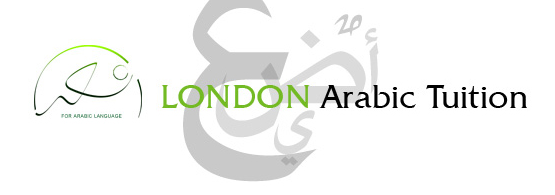
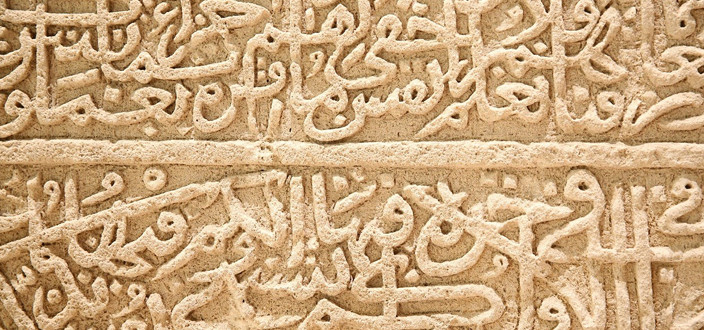
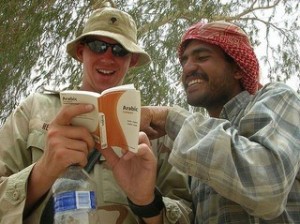
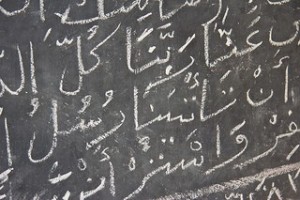
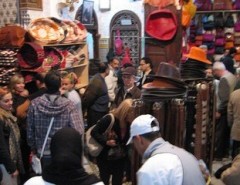

Its Arabic too but mixt with French Maghrebi
What about Maghrebi (North African; west of Egypt) Arabic?